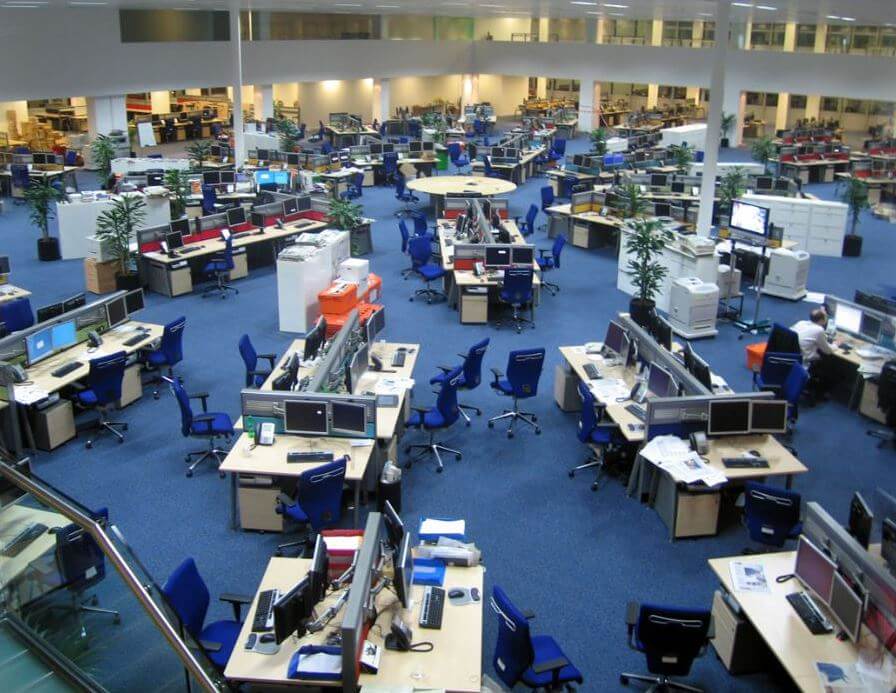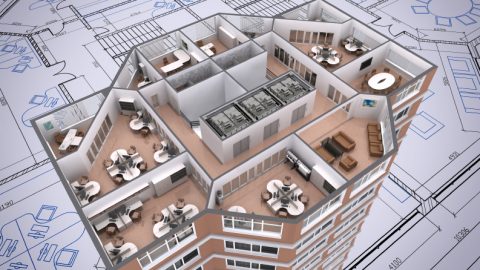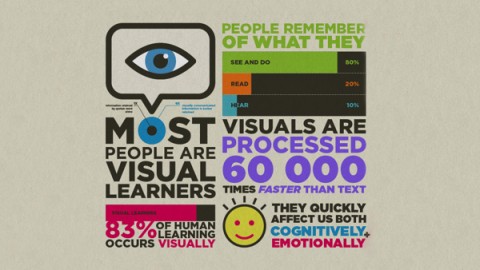4 reasons to use a space management tool
Carefully colour coded floorplans covered in handwritten scrawl sit overflowing on your desk, painstakingly re-drawn every time you need to move team to a new location or squeeze a new part time employee into the IT team’s area. You scroll through tab after tab of excel spreadsheet data until your eyes bleed when a new staff member is brought on board and no one can remember where the free desk is. You’re tasked with implementing “activity based working” and left to ponder all that entails.
If this sounds familiar, you’re not alone. In today’s rapidly evolving workplaces we grapple daily with how to effectively manage issues that impact on our ability to manage our work spaces and our staff – like high staff turnover, increasingly flexible work patterns and accelerating technological advances that are altering the way we work – as well as new theories of management that are moving us beyond open plan and into the brave new world of flexi desking, ABW and shared spaces.
Overwhelmed? Absolutely. From this fray the concept of “space management” has evolved, transitioning beyond traditional facilities or property management to become something of an HR sub-discipline, concerned with managing the human side of changing work spaces as much as the desks within them.
Four things to know about space management
1. You’re already doing it
If the scene we described above of colourful floorplans cluttering your desk and causing mild panic to rise when you need to map out yet another scenario for a desk move rings a bell – congratulations, you’re already engaging in space management. If you’re talking at a high level about needing to get staff to flexi desk, or have more staff than space and aren’t sure how to manage it effectively, you’re joining the thousands of businesses are also grappling with these common space management issues.
2. Space management is about people
It’s not all desks, chairs and computer monitors. At its core, space management is about managing rapid and unrelenting change your organisation and staff are trying to cope with – and helping your business keep up with the changing demands of its employees. Human capital is likely the largest investment and asset your business owns. Effective space management helps you manage their time and space more effectively and helps them do their jobs.
3. (simple) data is king
How often do your staff actually use their desks? How much does each space cost you? Are there more effective uses of the space? How much data do you actually need to make a good decision? Many facilities and property managment software packages offer a wealth of data wrapped in an overwhelming sea of complexity. Space management tools allows you to make an informed, evidence based decision about your staff space needs quickly and simply.
4. Excel is dead
Now we have a lot of respect for Microsoft. But when it comes to space management, we’re more on the side of Apple. Space management needs to be simple, intuitive and quick to use if your business is going to grow and gain from the process. Spending hours combing through spreadsheets is not the key to the promised land of greater efficiency.
If you’re interested in finding out more about space management tools, we’d love to have a chat – you can contact us on info@simple.space or tweet us.
To get more tips and advice on managing your workspace, subscribe to our newsletter











